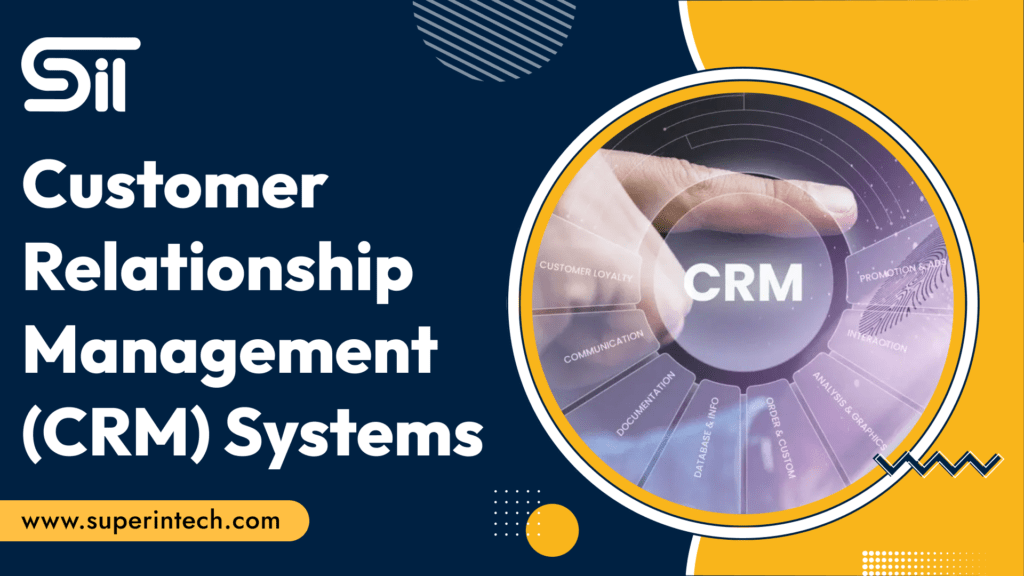Data-Driven Marketing: Understanding Analytics and Insights

In the digital age, data has become a goldmine for businesses to understand customers, optimize strategies, and drive growth. Data-driven marketing, powered by analytics and insights, is now the cornerstone of successful modern marketing strategies. This blog post explores the significance of data-driven marketing, delves into analytics, and unveils how businesses can leverage actionable insights to stay ahead in a competitive landscape. The Power of Data in Marketing: The volume of data from online and offline interactions presents a huge opportunity for marketers. Data from website visits, social media engagement, purchase history, and customer feedback provides valuable insights into consumer behaviour, preferences, and trends. By harnessing this data, marketers can make informed decisions, personalize campaigns, and create more relevant and impactful experiences for their target audience. Analytics: Unveiling Patterns and Trends: At the heart of data-driven marketing lies analytics – analysing and interpreting data to uncover patterns, trends, and correlations. Marketing analytics empowers businesses to measure campaign performance, understand customer journeys, and optimize strategies for maximum impact. Tools like Google Analytics help businesses track website traffic, user behaviour, and conversion rates, offering a comprehensive understanding of their online presence. Customer Segmentation and Targeting: One key advantage of data-driven marketing is the ability to segment customers based on characteristics, behaviour, and preferences. Customer segmentation allows businesses to create targeted and personalized marketing campaigns, ensuring messages resonate with specific audience segments. By tailoring content and offers to different customer segments, businesses can enhance engagement and conversion rates. Personalization: Tailoring Experiences for Individuals: Data-driven marketing goes beyond generic mass communications; it enables personalized experiences for individual customers. By analysing data of past purchases, browsing history, and demographic information, businesses can deliver highly relevant content and recommendations. Personalization enhances customer satisfaction, increases conversion likelihood, and fosters long-term customer loyalty. Predictive Analytics: Anticipating Future Behaviour: As technology advances, predictive analytics has become a powerful tool in the marketer’s arsenal. By leveraging machine learning algorithms, businesses can analyse historical data to predict future customer behaviour. Predictive analytics enables marketers to identify potential leads, forecast sales trends, and optimize marketing efforts for maximum impact. Social Media Analytics: Navigating the Digital Landscape: In the era of social media dominance, businesses must navigate the digital landscape strategically. Social media analytics tools provide insights into audience engagement, sentiment analysis, and campaign performance. Understanding which platforms resonate most with the target audience allows marketers to allocate resources effectively and tailor content to each platform’s unique dynamics. Real-Time Analytics: Agility in Action: In today’s fast-paced digital environment, real-time analytics has become essential for agile marketing strategies. Real-time data allows businesses to monitor campaign performance, respond promptly to changing trends, and adjust strategies on the fly. This agility is crucial for seizing time-sensitive opportunities and swiftly mitigating potential challenges. Conclusion: Data-driven marketing, fuelled by analytics and actionable insights, has transformed how businesses connect with their audience. From understanding customer behaviour to optimizing marketing strategies in real-time, data-driven approaches empower marketers to make informed decisions and drive tangible results. As technology continues to evolve, the role of data in marketing will only become more central. The journey of data-driven marketing is ongoing. Businesses that prioritize the collection, analysis, and interpretation of data will adapt to changing market dynamics, meet customer expectations, and stay ahead of the competition. As we navigate the digital landscape, the value of data-driven insights will grow, shaping the future of marketing strategies worldwide.
Customer Relationship Management (CRM) Systems

Introduction: In the fast-paced world of business, adapting to changing customer expectations is crucial for success. The evolution of Customer Relationship Management (CRM) systems stands as a testament to the dynamic nature of the business landscape. Over the years, CRM systems have evolved from basic contact management tools to sophisticated platforms that empower businesses to build meaningful, long-lasting relationships with their customers. Genesis of CRM: It started in the 1980s. Early CRM systems primarily focused on contact management, helping businesses organize and store customer details more efficiently. These early systems were quite limited and didn’t have the robust features that modern CRM solutions offer today. The evolution of CRM has been marked by significant advancements in technology and functionality over the years. Rise of Database Marketing: As businesses recognized the potential of leveraging customer data for targeted marketing, the 1990s saw the emergence of database marketing. This era marked a shift from passive contact management to actively using customer information for personalized marketing campaigns. CRM systems became more sophisticated, incorporating features like customer segmentation and campaign management. Integration of Sales and Customer Service: In the late 1990s and early 2000s, CRM systems underwent a significant transformation with the integration of sales and customer service functionalities. Businesses realized the importance of aligning sales and customer service efforts to provide a seamless customer experience. This integration allowed for a holistic view of customer interactions, enabling organizations to streamline their processes and enhance customer satisfaction. Cloud-Based CRM Solutions: The mid-2000s witnessed a paradigm shift with the advent of cloud computing. Cloud-based CRM solutions emerged, offering businesses the flexibility to access their CRM systems from anywhere with an internet connection. It reduced the need for on-premise infrastructure and made CRM systems more scalable and cost-effective for businesses of all sizes. Social CRM: As social media gained prominence in the late 2000s, CRM systems evolved to incorporate social CRM functionalities. Businesses recognized the need to engage with customers on social platforms and track their social interactions. Social CRM allowed organizations to monitor customer sentiment, gather valuable insights, and respond to customer inquiries in real-time. Mobile CRM: The proliferation of smartphones in the 2010s paved the way for mobile CRM solutions. With employees working on the go, mobile CRM empowered sales and service teams to access crucial customer information. They could update records and collaborate with colleagues from their mobile devices. This mobility improved productivity and contributed to better customer interactions. Artificial Intelligence (AI) and Machine Learning (ML): The latest chapter in the evolution of CRM systems involves the integration of artificial intelligence and machine learning. These technologies enable businesses to analyse vast amounts of customer data to derive actionable insights. AI-driven CRM systems can automate routine tasks, predict customer behaviour, and personalize interactions. Conclusion: The evolution of Customer Relationship Management (CRM) systems reflects the ever-changing dynamics of customer expectations and technological advancements. From humble beginnings as contact management tools to the sophisticated AI-driven platforms of today, CRM systems have become indispensable for businesses aiming to build and maintain strong customer relationships. Looking ahead, the future of CRM will be shaped by emerging technologies like augmented reality, virtual reality, and blockchain. As businesses prioritize customer-centric strategies, CRM systems will help them stay agile, responsive, and competitive. The journey of CRM is far from over. As technology advances, the capabilities of these essential business tools will continue to grow.
